Feb. 21, 2025
-
Feb. 23, 2025
shenzhen
From February 21st to 23rd, 2025, the 10th Asian Cardiac Arrhythmia Summit (ACAS) and the 16th China Cardiac Arrhythmia Summit (CCAS) were successfully held in Shenzhen. To better explore and address the challenges of ventricular arrhythmias, the summit featured a dedicated session titled "Frontiers in Ventricular Arrhythmia," focusing on the latest breakthroughs, innovative research, and clinical practices in the field. Through in-depth sharing and multi-dimensional discussions by globally renowned experts, we aim to advance the discipline and provide patients with more precise and optimized diagnostic and therapeutic solutions.
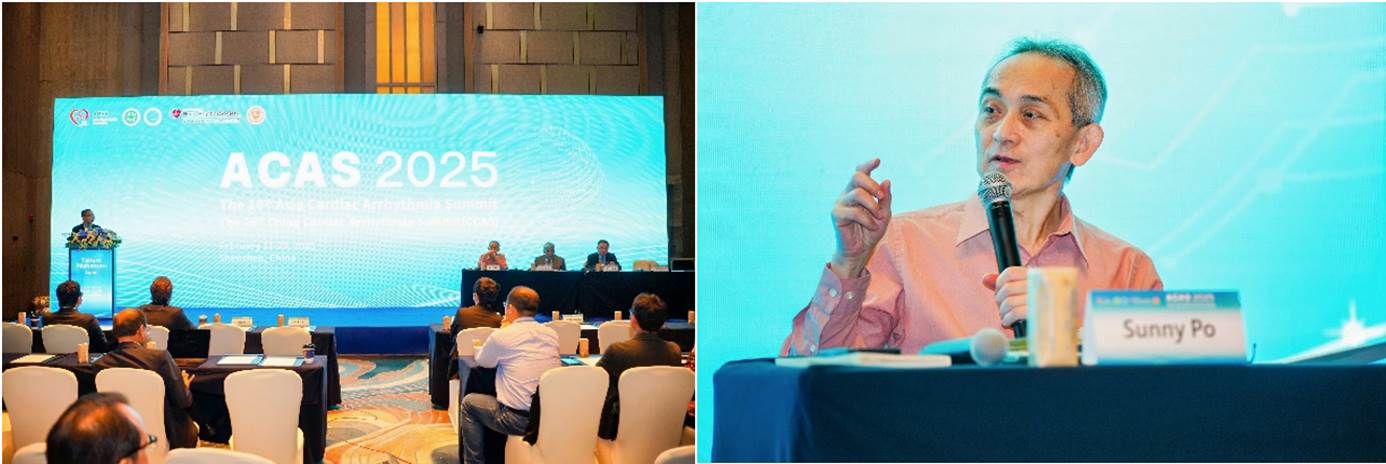
Exploration of ventricular arrhythmia:
We were honored to host a distinguished panel of global experts at this summit, who engaged in in-depth discussions on the latest advancements and clinical challenges in the field of ventricular arrhythmia. From unraveling the mechanisms and unresolved mysteries of Purkinje-related ventricular tachycardia and ventricular fibrillation, to the revolutionary application of advanced robotic technology in electrophysiology, and the remarkable performance of robotic magnetic navigation in treating complex arrhythmias following congenital heart disease surgery, the experts not only showcased the cutting-edge progress in ventricular arrhythmia but also provided invaluable insights and guidance for clinical practice.
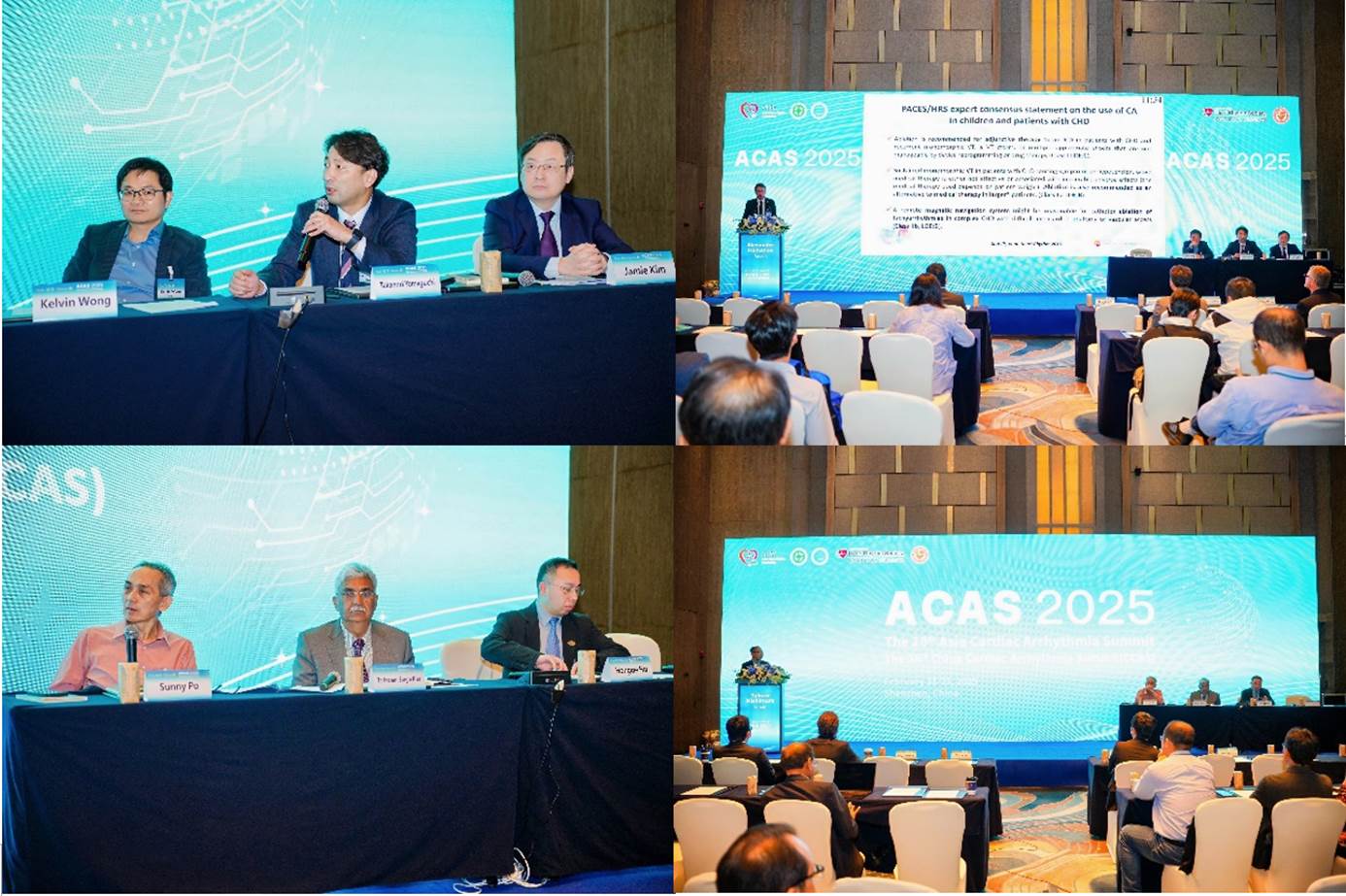
Global Authorities Leading the Way:
The success of the Ventricular Arrhythmia Forum was made possible by the contributions of top experts from around the world. The forum was divided into two sessions: the first half was chaired by Professor Jamie Kim from the United States, Professor Takanori Yamaguchi from Japan, Professor Kelvin Wong from Singapore, and Professor Min Tang from China. The second half was led by Professor Sunny Po from the United States, Professor Tarlochan Singh Kler from India, and Professor Hongde Hu from China. This gathering of internationally renowned experts provided a platform to explore the latest advancements in ventricular arrhythmia, offering cutting-edge perspectives that bridge clinical treatment and scientific research on a global scale.
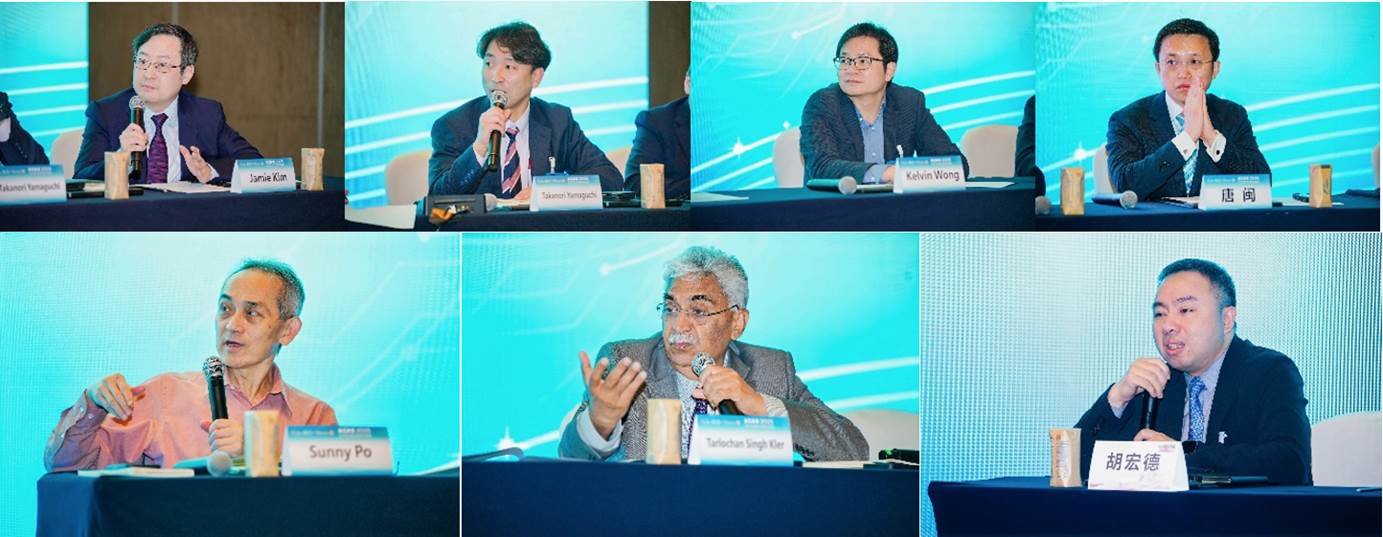
Spotlight on Academic Excellence:
The session commenced with a profound exploration by Professor Akihiko Nogami from Japan, who delved into the pivotal role of Purkinje fibers in ventricular tachycardia (VT) and ventricular fibrillation (VF). He also highlighted unresolved scientific questions, charting a clear direction for future research endeavors.

Professor Peter Weiss from the United States presented the revolutionary application of robotic technology in the field of electrophysiology. Through real-world case studies, he demonstrated how robotic technology is driving the evolution of electrophysiological procedures into the era of intelligent medicine.
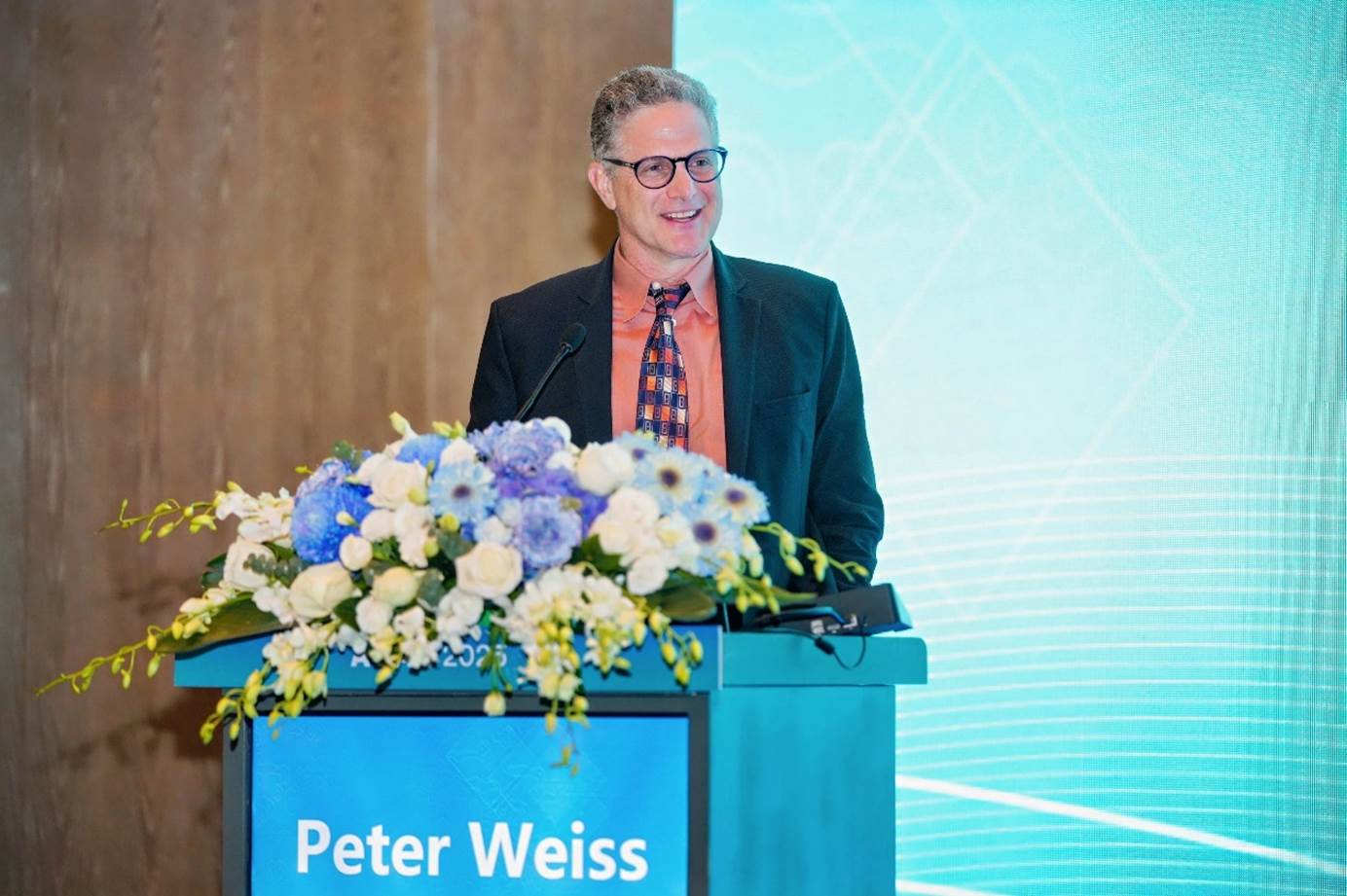
Professor Alexander Romanov from Russia highlighted the unique value of robotic magnetic navigation technology in treating complex arrhythmias following congenital heart disease surgery. He emphasized its advantages in precise positioning and safety within intricate anatomical structures, offering an innovative solution for the treatment of such patients.
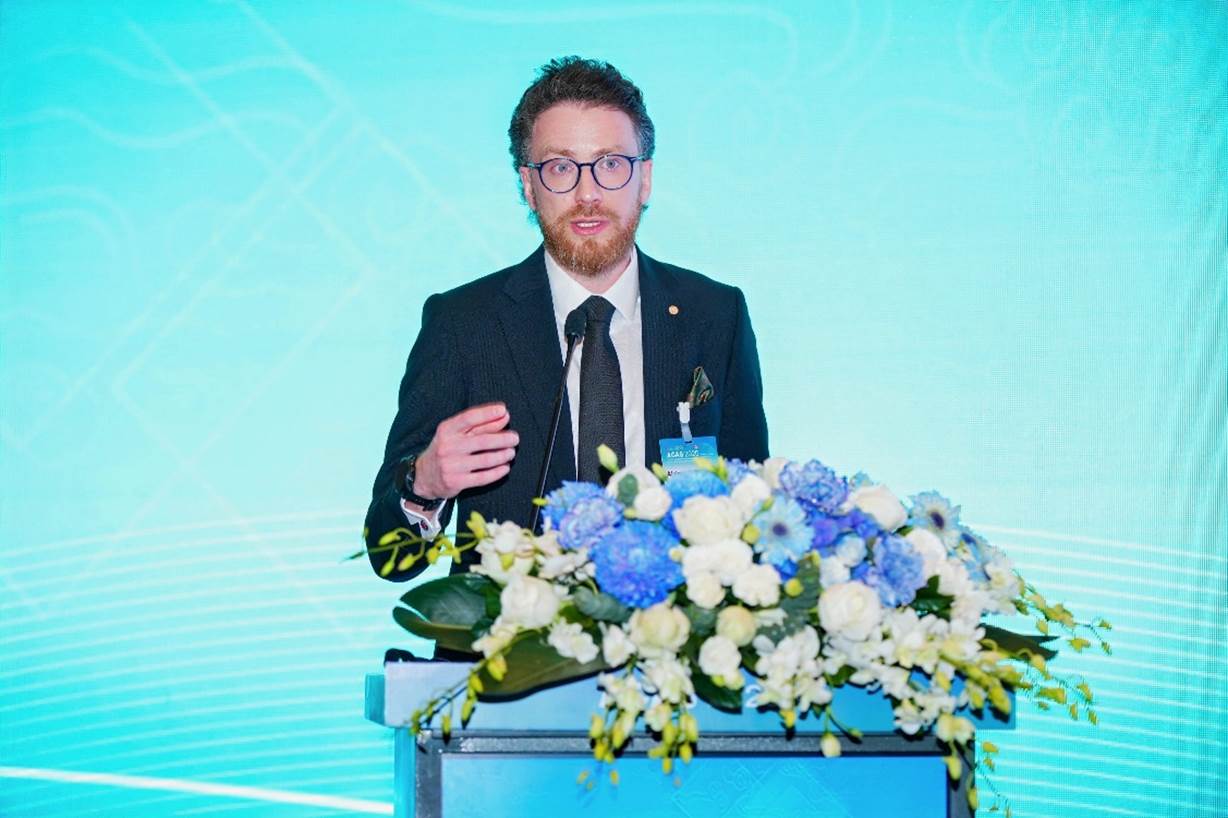
Professor Ronghui Yu from China provided a detailed analysis of the application of three-dimensional electroanatomical mapping technology in epicardial access. This technology has pioneered a new guidance pathway for epicardial puncture procedures, overcoming the limitations of traditional fluoroscopy and demonstrating significant potential for clinical application. In the future, further research and technological refinement could optimize surgical outcomes and enhance safety.
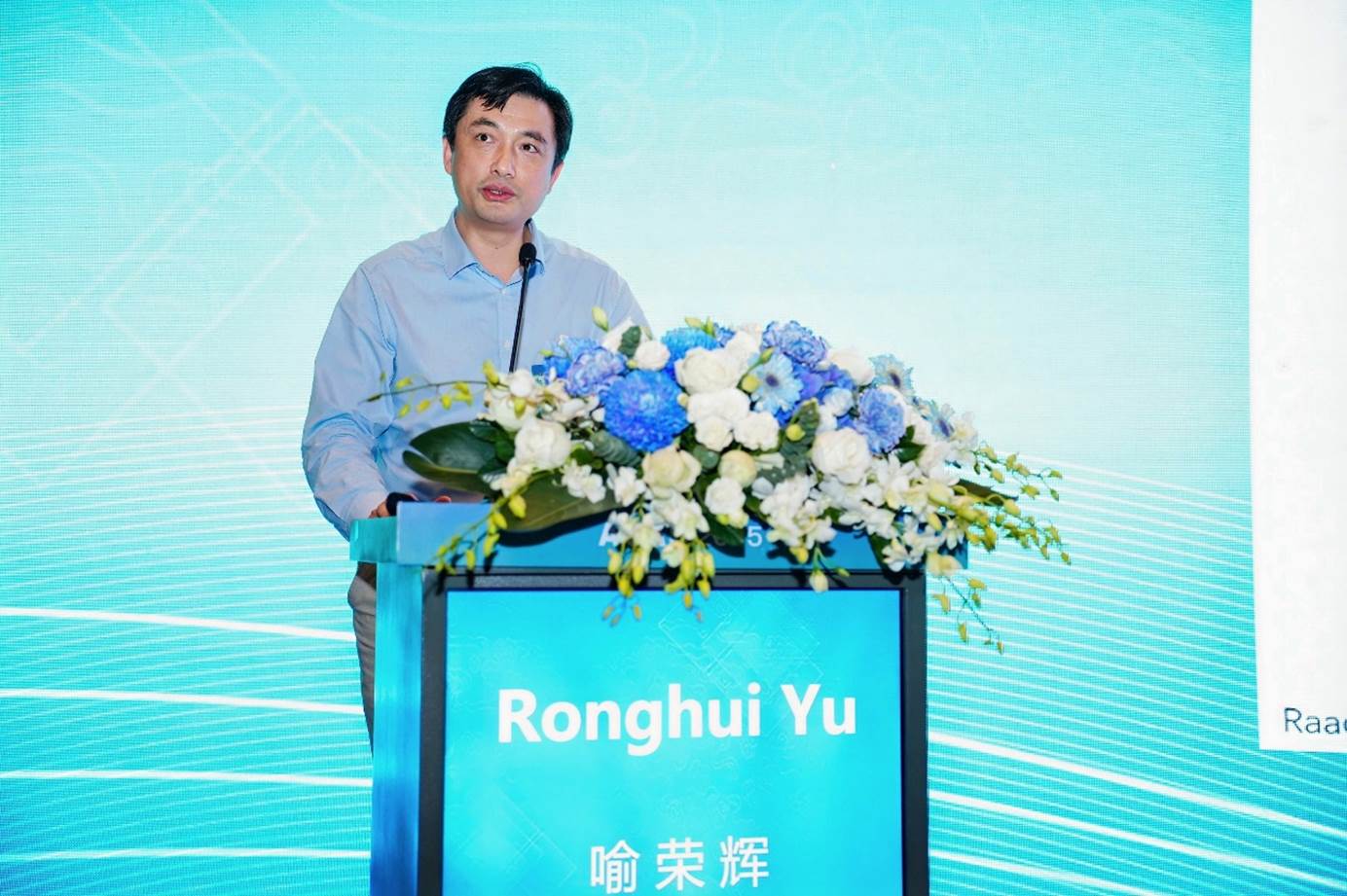
Professor Sardorkhon Sultankhonov from Uzbekistan presented the latest advancements in alcohol ablation for premature ventricular contractions (PVCs). He focused on its indications, procedural techniques, and clinical efficacy, illustrating the unique value of this technology in PVC treatment through real-world case studies.
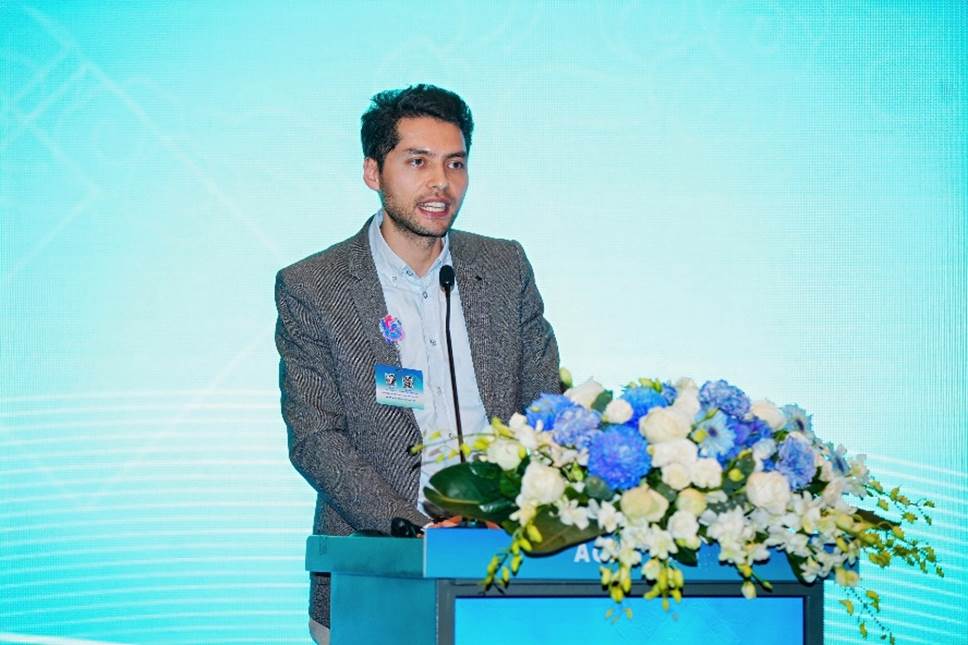
The second half of the session began with an in-depth analysis by Professor Yasutoshi Shinoda from Japan, who explored the critical role of rate-dependent pace mapping in scar-related ventricular tachycardia (VT). He emphasized its clinical significance in precisely locating arrhythmogenic substrates and guiding ablation strategies, offering new insights for the treatment of complex VT cases.
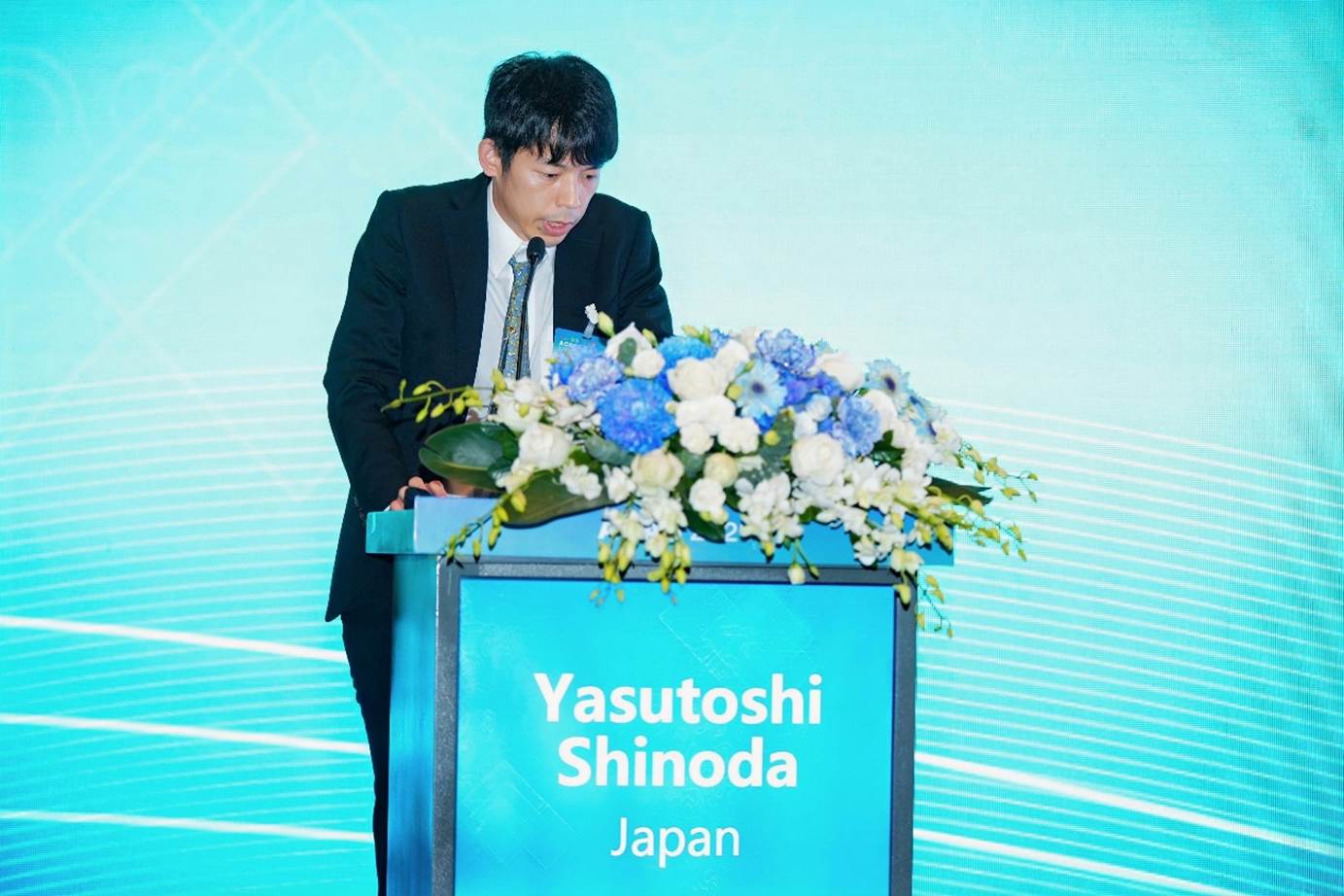
Professor Takuro Nishimura from Japan provided a comprehensive overview of the principles of ILAM and its application in ventricular arrhythmias. He demonstrated its unique advantages in identifying deceleration zones and guiding ablation procedures, offering a new tool for precise treatment.
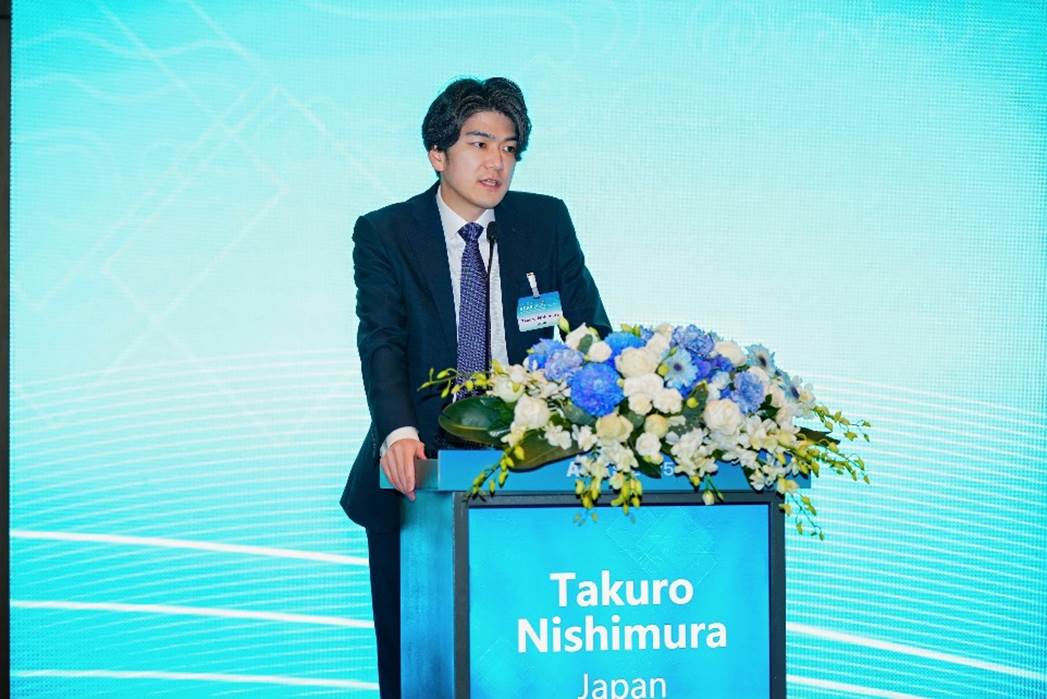
Professor Dung Le Tien from Vietnam focused on the innovative application of pulsed-field ablation (PFA) technology in the treatment of ventricular tachycardia (VT). He discussed its efficiency, safety, and tissue selectivity, showcasing the promising potential of PFA in VT treatment through clinical data.
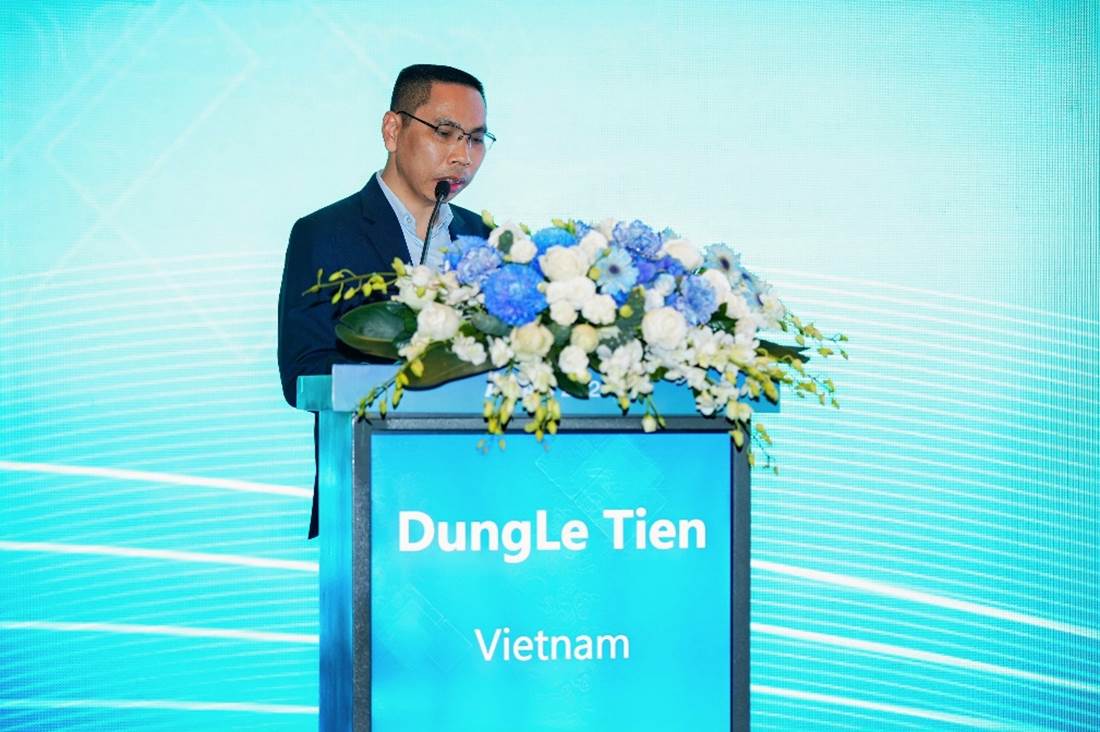
Professor Ignatius Yansen from Indonesia provided a detailed analysis of the critical role of outflow tract anatomy in the ablation of idiopathic premature ventricular contractions (PVCs) and ventricular tachycardia (VT). He emphasized the importance of precise anatomical localization in improving surgical success rates, offering valuable guidance for clinical practice.
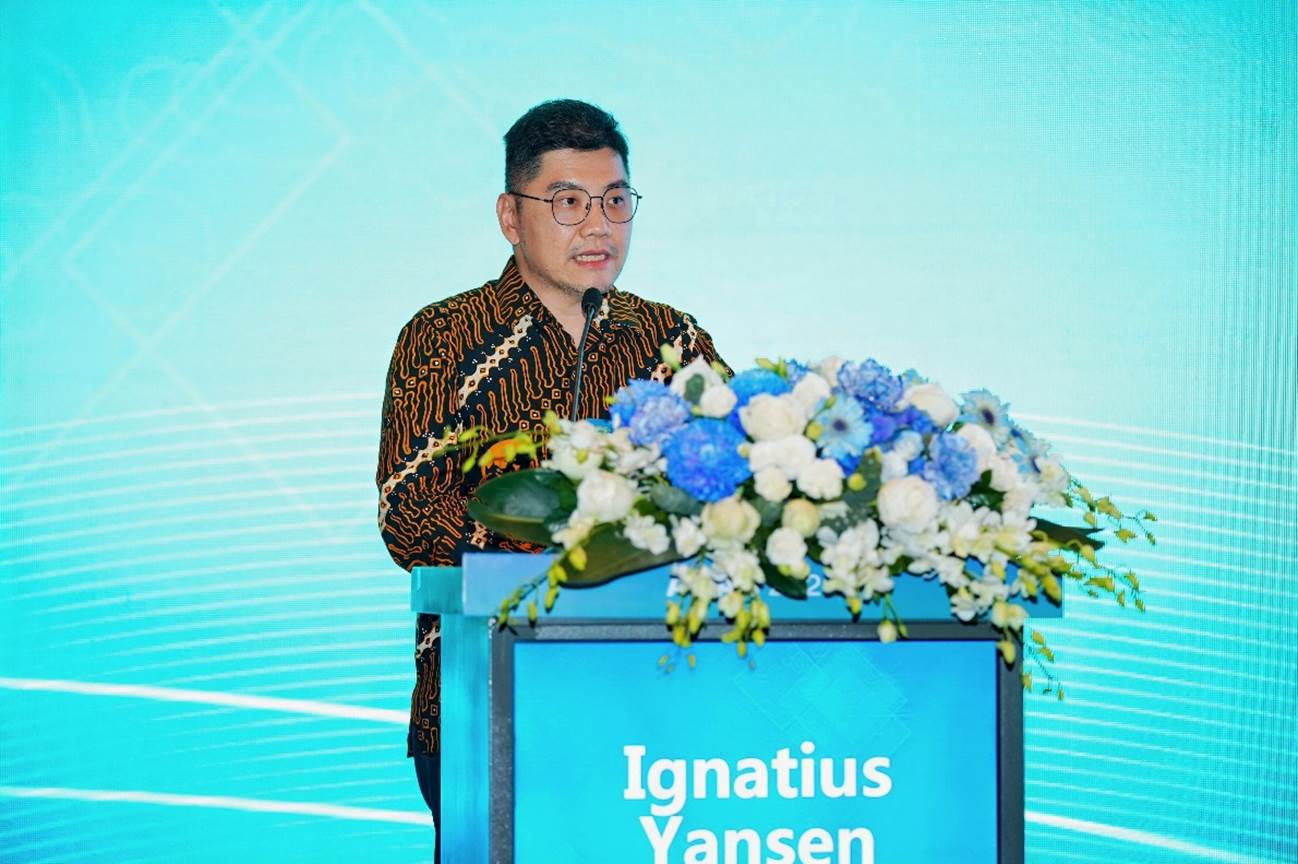
Professor Oleg Sapelnikov from Russia delved into the application of zero-fluoroscopy techniques in ventricular tachycardia (VT) ablation, highlighting its advantages in reducing radiation exposure and enhancing procedural safety. Through case studies involving various patient types, he provided a detailed analysis of the technical nuances and outcomes of this approach, offering a safer treatment option for VT ablation.
Global Collaboration to Conquer Arrhythmias:
This grand event not only focused on ventricular arrhythmias but also served as a global medical gathering that pooled wisdom from around the world, marking a milestone in international collaboration within the field of arrhythmia. We sincerely invite every participant to actively engage, freely express their insights, and share their expertise, collectively driving the vigorous development of arrhythmia research. Thank you to colleagues from across the globe for coming together—let us join hands and pioneer a new era in the field of arrhythmia!
